Is this a China or Tea?
Ronn Bonites
10 years ago
Featured Answer
Sort by:Oldest
Comments (16)
Ronn Bonites
10 years agolast modified: 9 years agocatsrose
10 years agolast modified: 9 years agoRelated Professionals
Reading Landscape Architects & Landscape Designers · Horsham Landscape Architects & Landscape Designers · Lakeland Landscape Contractors · Byram Landscape Contractors · Columbine Landscape Contractors · Gurnee Landscape Contractors · Kahului Landscape Contractors · Little Ferry Landscape Contractors · Mastic Beach Landscape Contractors · Snoqualmie Landscape Contractors · Webster Groves Landscape Contractors · Bensenville Landscape Contractors · Roseville Swimming Pool Builders · Augusta Siding & Exteriors · Liberty Siding & ExteriorsRonn Bonites
10 years agolast modified: 9 years agojerijen
10 years agolast modified: 9 years agoAquaEyes 7a NJ
10 years agolast modified: 9 years agoingrid_vc so. CA zone 9
10 years agolast modified: 9 years agoRonn Bonites
10 years agolast modified: 9 years agojerijen
10 years agolast modified: 9 years agoAquaEyes 7a NJ
10 years agolast modified: 9 years agoRonn Bonites
10 years agolast modified: 9 years agojerijen
10 years agolast modified: 9 years agoluxrosa
10 years agolast modified: 9 years agojerijen
10 years agolast modified: 9 years agomelissa_thefarm
10 years agolast modified: 9 years agoRonn Bonites
10 years agolast modified: 9 years ago
Related Stories
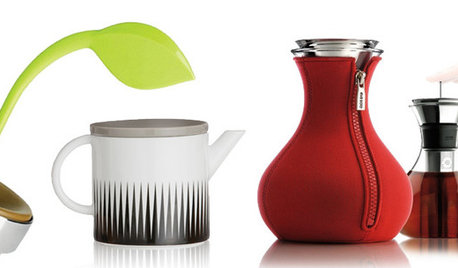
SHOP HOUZZShop Houzz: The Perfect Cup of Tea
The Yunnan province of China is considered the birthplace of tea
Full Story0

ENTERTAININGThe Busy Mom's Guide to Throwing a Kids' Holiday Tea Party
Even Fancy Nancy would thrill to be a guest at this easy event, where no one will know the shortcuts but you
Full Story
DECORATING GUIDESTastemaker: Meet Reiko Kaneko's Modern China
A ceramicist resurrects traditional English bone china in clever new forms
Full Story
DECORATING GUIDES8 Inventive Ideas for Your Unused China
Is your dishware collection gathering dust at the back of your cupboard? Pull it out and let it shine with these eye-catching display ideas
Full Story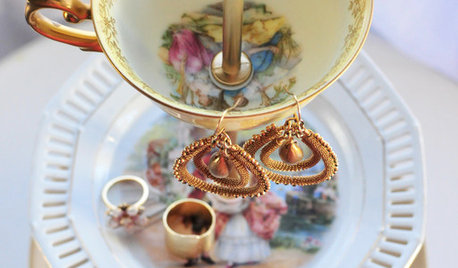
DIY PROJECTSCreate a Pretty Jewelry Stand From Vintage China
Give treasured dishes new life as a beautiful jewelry stand with this DIY project
Full Story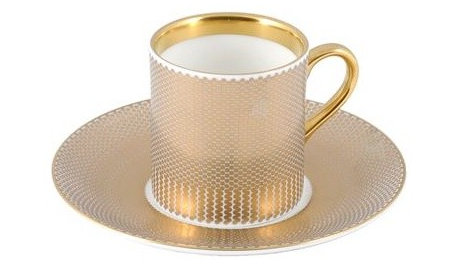
PRODUCT PICKSGuest Picks: You are Invited to High Tea
Create a table worthy of the high tea tradition with fine linen, porcelain and pretty accents
Full Story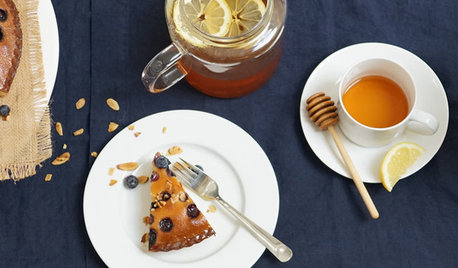
SHOP HOUZZHouzz Products: A Special Spring Tea Party
Have your friends over for the loveliest tea party yet with fun serving pieces, tableware and accessories from our Products section
Full Story
LIFEHow Do You Make Your Tea and Coffee in the Morning?
A morning cup is a must for many, and preparation comes in many guises. We look at coffee and tea habits across the Houzz community
Full Story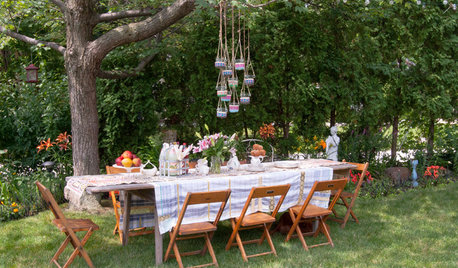
ENTERTAININGHow to Host a Tea Party at Home
Many people are reacquainting themselves with the gracious British ritual, steeped in tradition, that is perfect for an outdoor gathering
Full Story
DIY PROJECTSDining Set Makeover: Paint and Tea-Tinted Fabric Make Old Chairs New
Reclaim dated dining chairs for far less than buying new, using spray paint, modern fabric and a handful of tea bags
Full StoryMore Discussions






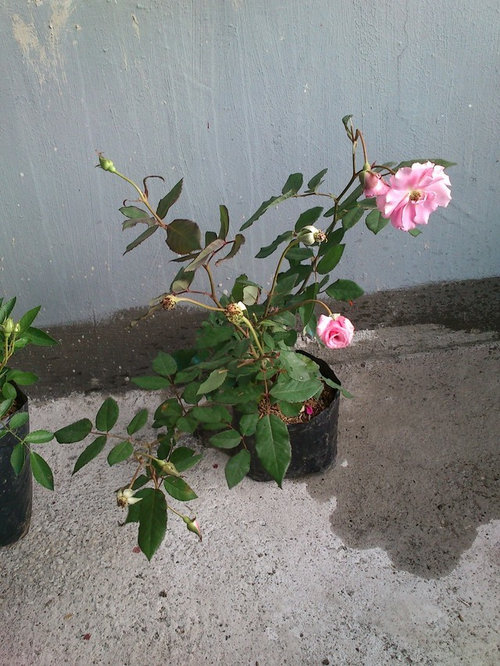
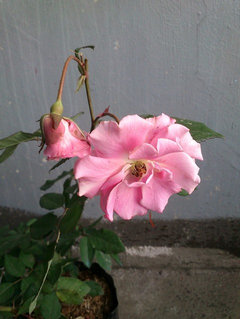
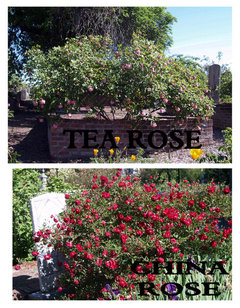
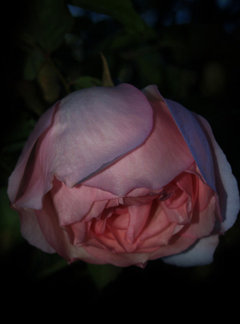



AquaEyes 7a NJ